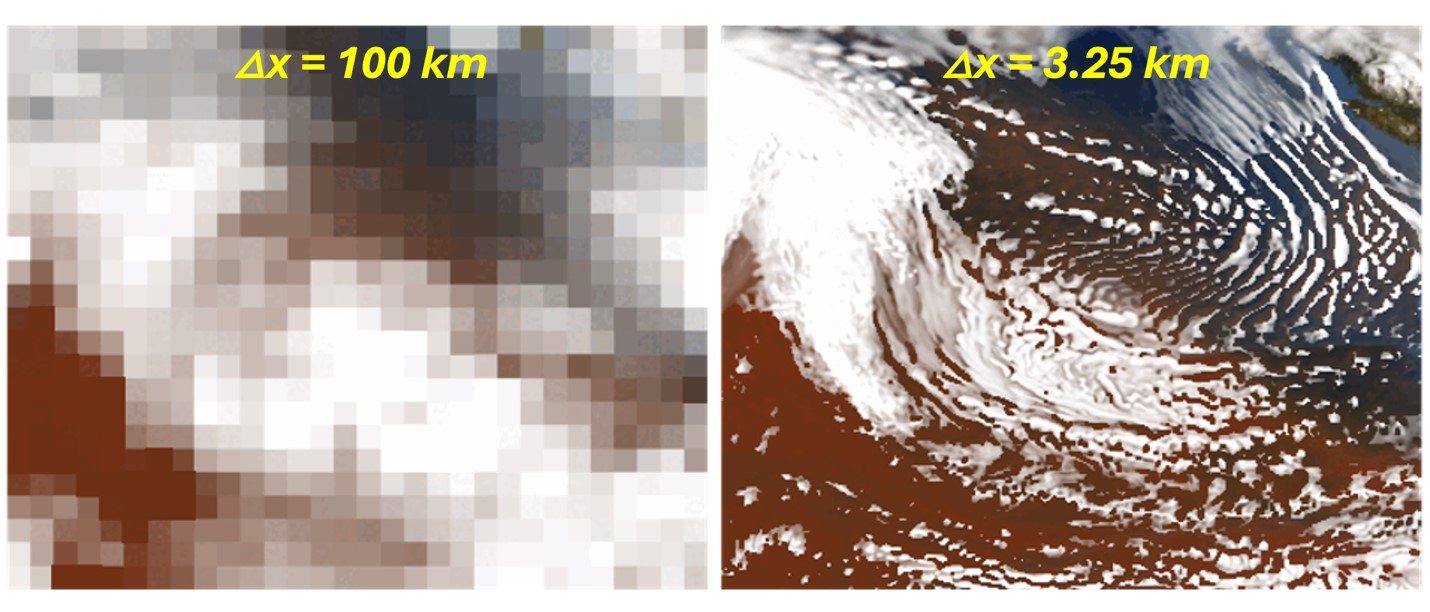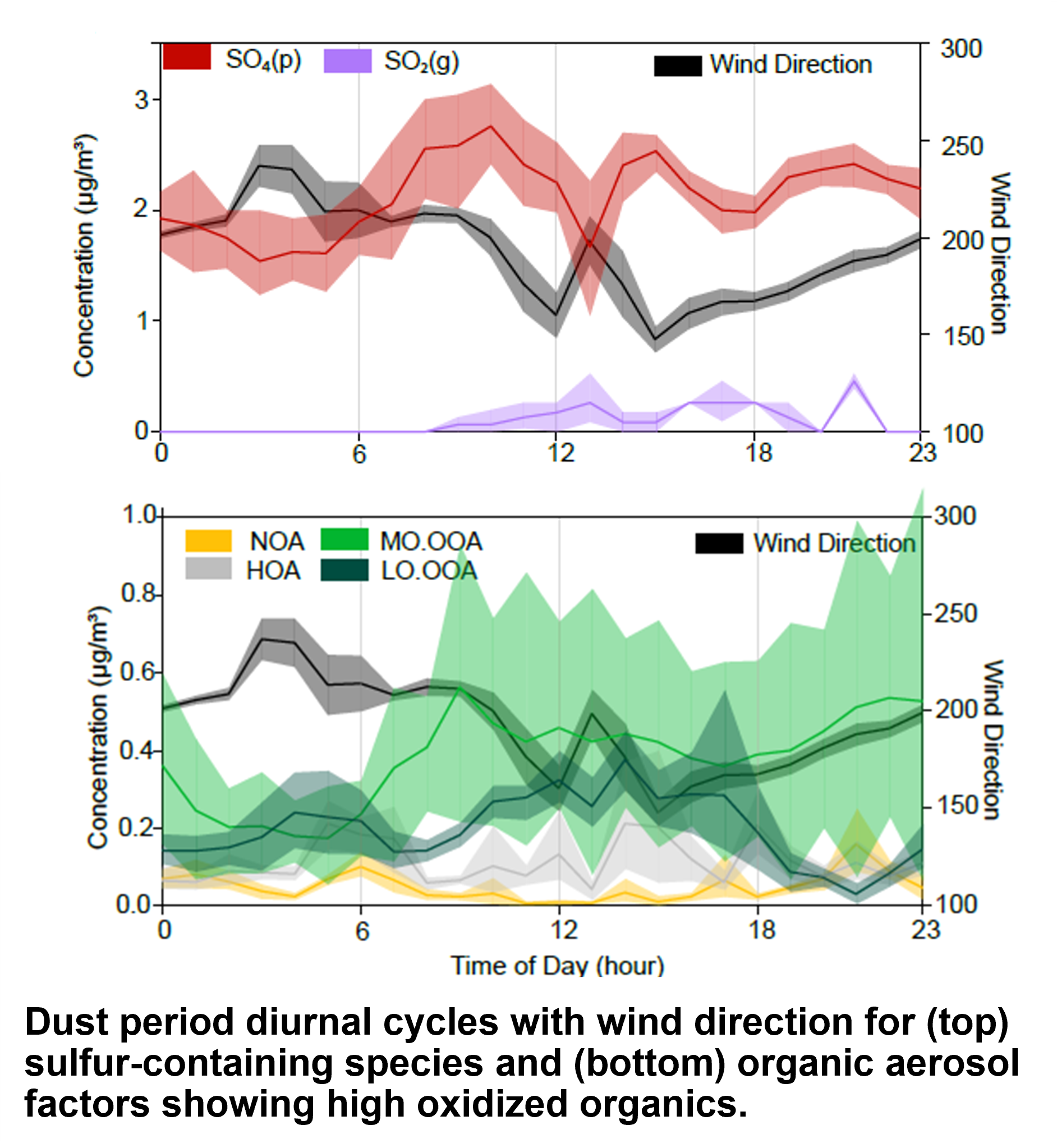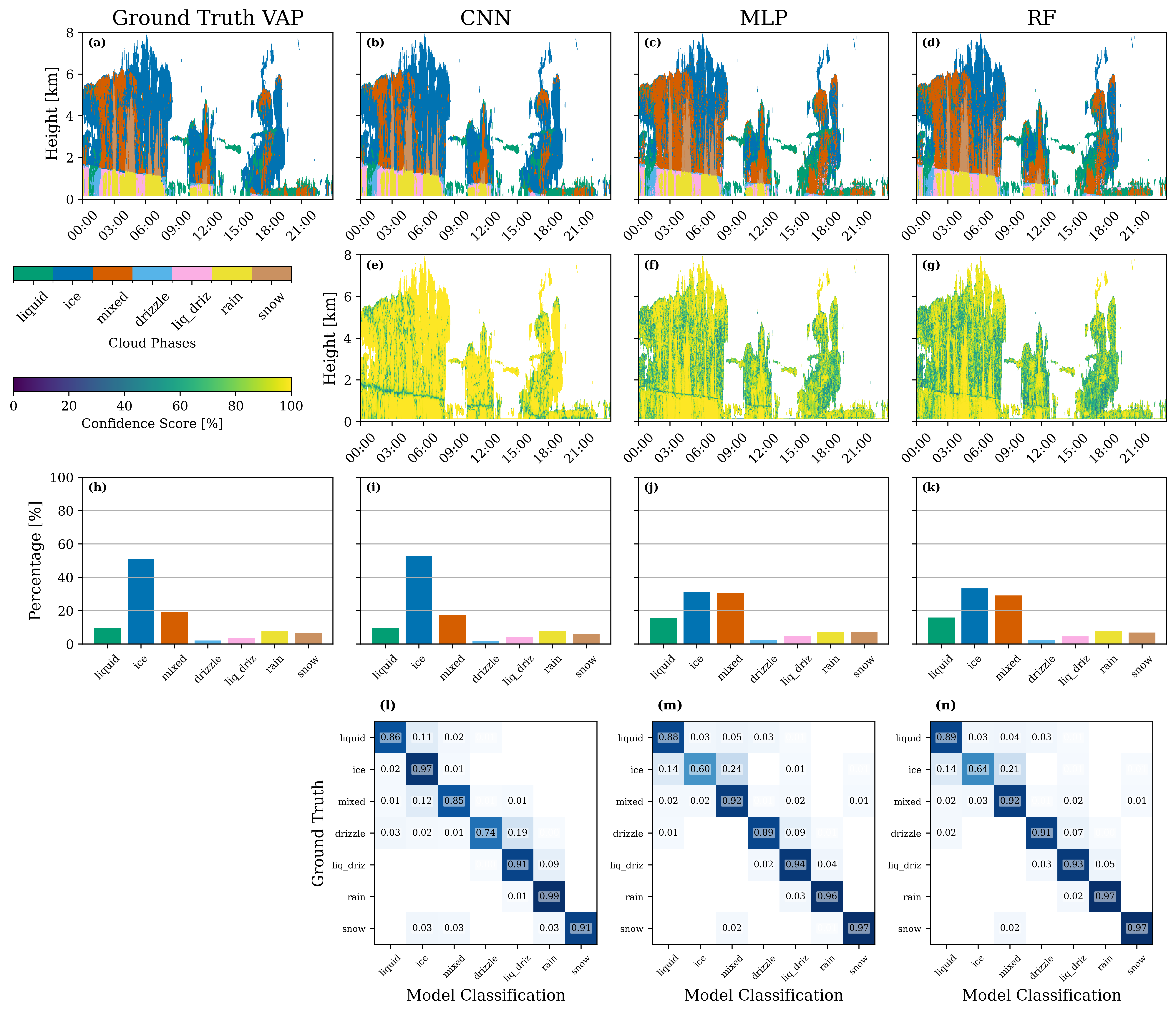Research Highlights
Scientists and investigators using Atmospheric Radiation Measurement (ARM) User Facility data publish about 150 peer-reviewed journal articles per year. These documented research efforts represent tangible evidence of ARM’s contributions to improving our understanding of clouds and aerosols and their interactions with the Earth’s surface. ARM research highlights summarize these published research results.
Share your Research with ARM
Each of your DOE-funded journal articles should include a research highlight. This is an important opportunity to summarize your work and describe its scientific impact. ARM has a simple form for you to fill out to share your highlight with ARM management.
Explore the Highlights Database
Check out research highlights submitted by members of the ARM community and view each highlight’s linked journal article. Search the database by title, author, or research area.
Recent Highlights
Regional Testbed Sharpens Aerosol-cloud Science in Earth System Modeling
11 December 2025
Huang, Meng
Research area: Cloud-Aerosol-Precipitation Interactions
ARM
Complex Summer Aerosol Regimes and Sources in Houston, Texas
4 November 2025
Aiken, Allison C
Research area: Aerosol Properties
ARM ASR
Classifying Thermodynamic Cloud Phase Using Machine Learning Models
16 October 2025
Zhang, Damao
Research area: Cloud Distributions/Characterizations
ARM
Keep up with the Atmospheric Observer
Updates on ARM news, events, and opportunities delivered to your inbox
ARM User Profile
ARM welcomes users from all institutions and nations. A free ARM user account is needed to access ARM data.





















